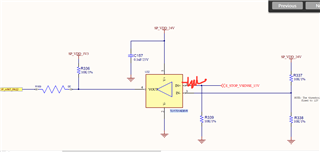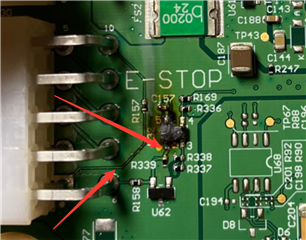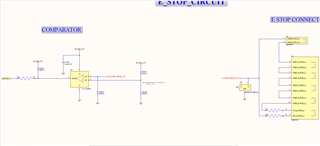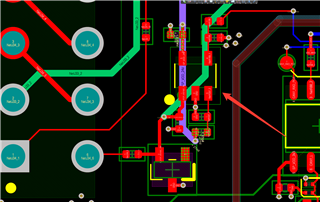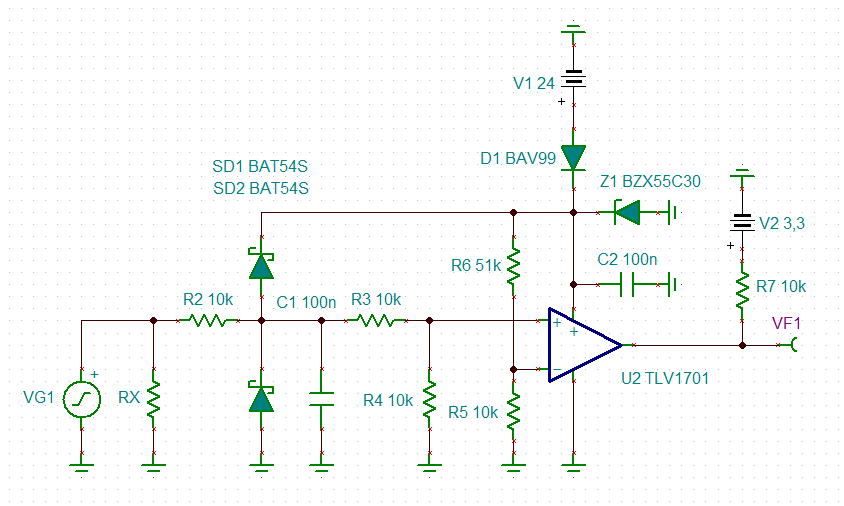Hi Experts,
Seeking your assistance on this query:
The part number in question is TLV170x - 2.2V to 36V microPower Comparator.
We're supplying the chip with 24V, using the comparator as an overvoltage sensor (Estop circuit).
The chip keeps getting fried, and I'm speculating whether this could be related to the diode clamps connected to the supply rails, please see below.
Regards,
Archie A.
